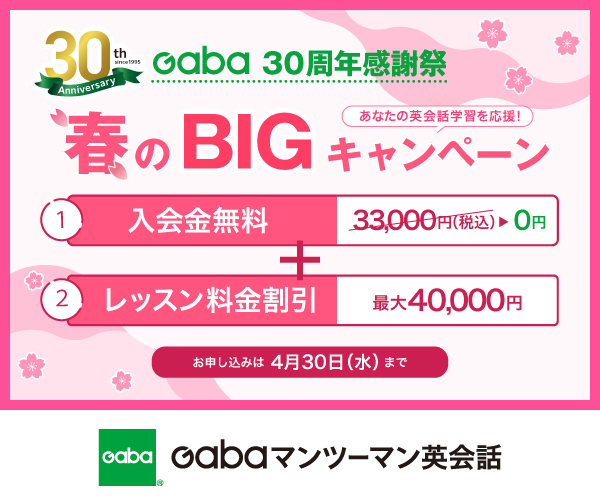英語記事に慣れる「サクっと読む英文」
2017.7.25
Matcha
Read the article to find out about the making of Japanese green tea powder as well as its uses and benefits.
日本の抹茶の作られ方や使われ方、またその有益性について記事を読んでみましょう。

Many people know matcha is fine, powdered green tea leaves, used in Japanese tea ceremonies. It is also a popular flavor in Japanese food, drinks, and sweets. But this description alone is not enough to know the difference between matcha and konacha (粉茶) – another kind of powdered green tea. However, there are indeed a few ways in which matcha is different from konacha.
The process of taking matcha from the raw leaves to its powdered form is very special. Before grinding the leaves to a powder, they are covered and kept in a cool, shaded area. This process increases the presence of chlorophyll, which may help to reduce bad breath and aid in detoxification. It also boosts l-theanine levels, which has been reported to reduce anxiety in some studies.
Matcha is usually stone-ground into a very fine powder and comes in a number of grades, from lower-quality varieties that are added to food items, all the way up to those used in the formal preparation and presentation of matcha tea during a sadou (茶道) or chanoyu (茶の湯) ceremony.
This specially powdered green tea finds its origins in the monasteries of Zen Buddhism, but these days it is regarded as an artistic discipline. Modern sadou’s connection to the old times lies in preparing matcha as a means to refine one’s manners and mental composure.
Now, matcha’s popularity is due to reasons that are different from those that made it relevant in the past. In contrast to early culture surrounding matcha, the powdered tea has now gained fans in modern Japan and abroad for its interesting flavor, bright green color, and for being healthy. Matcha naturally tastes sweet and grassy, which suits a wide range of food and drinks – no longer is matcha simply a topping limited to traditional Japanese sweets such as dango or mochi, it is now commonly mixed into ice cream, cake, doughnuts, chocolate, and macarons. It is not uncommon to find matcha on the list of ingredients for cocktails, lattes, and smoothies. Naturally, powdered matcha is still a popular topping on many dishes.
In other countries, especially in the metropolitan centers, people young and old have begun to enjoy matcha for not only its taste but also for health reasons. Many people also consume it because matcha is believed to have beauty applications.
In recent years, matcha has accumulated a number of fans in Japan and abroad. Why not start a conversation about this popular food with your international friends and teachers? You might find that they are matcha fans, too.
Many people know matcha is powdered green tea leaves. It is used in Japanese tea ceremonies. It is also often used in Japanese food, drinks, and sweets. This sounds very similar to konacha (粉茶) – another kind of powdered green tea. However, matcha is different from konacha in a few ways.
Matcha and konacha are made in different ways. The way to make matcha leaves into a powder is very special. Before grinding the leaves, they are covered and kept in a cool, dark place. This makes more chlorophyll, which may help to fight bad breath. Chlorophyll may also help detoxification. Covering the leaves also makes more l-theanine. Some studies say l-theanine can lower anxiety.
Matcha is usually ground into a powder with stone tools. There are many kinds of matcha. There are lower-quality matcha that are added to food items, and there are those used in formal ceremonies. This matcha tea is prepared and presented during a sadou (茶道) or chanoyu (茶の湯) ceremony.
Matcha tea was first prepared in the Zen Buddhist monasteries, but these days it is a kind of art. Now, preparing matcha can be a way to improve one’s manners.
Now, matcha is popular for different reasons than why it was important in the past. Different from early matcha culture, the powdered tea now has many fans in modern Japan and abroad for its interesting taste and bright green color. Matcha is also known for being healthy. Matcha is sweet and grassy, which goes well with many kinds of food and drinks. Matcha isn’t just a topping for Japanese sweets, such as dango or mochi. Now it is often mixed into ice cream, cake, doughnuts, chocolate, and macarons. It is not uncommon to find matcha in cocktails, lattes, and smoothies. Of course, powdered matcha is still a popular topping on many dishes.
In other countries, mainly in big cities, many people have started to enjoy matcha for both its taste and health reasons. Many people also like matcha because it can be used for beauty.
In recent years, matcha has a lot of new fans in Japan and abroad. Why not talk about this popular food with your international friends and teachers? They might be matcha fans, too.
キーフレーズ
fine (粒子などが)細かい
“fine” は「元気な」や「晴天の」などの意味で使われますが、粒子や繊維、模様などが「(きめ)細かい」、「微細な」、という意味でも使われます。
例:The furniture was covered in a very fine dust.
(家具はとても細かいほこりで覆われていた。)
grind 粉にひく、すりつぶす
presence 存在、あること
detoxification デトックス、解毒(作用)
boost ~を上昇させる
あるものを上昇させる(引き上げる)、増加させる、または促進(強化)するという意味です。
例:The new theme park will really help to boost tourism.
(新しいテーマパークは、観光の促進を大いに助けるだろう。)
anxiety 不安
come in ~の形で売られる
商品などがある形で売り出される、またはある形式で提供(供給)される、という意味の表現です。
例:Do these shoes come in black?
(この靴の黒色はありますか?)
▼こちらもCheck!
使いこなす句動詞 “come in”
artistic discipline 芸術的な(精神修養などの)鍛錬、修行
refine ~を洗練する
mental composure 心の平静、精神の落ち着き
beauty applications 美容への有用性
accumulate 増える、集まる
物などが集まる、増える、または(徐々に)蓄積する、という意味です。
例:I accumulated a lot of debt in college.
(大学時代に多額の負債を蓄積してしまった。)


 【Gabaからのお知らせ】
【Gabaからのお知らせ】 【特集】
【特集】 【英単語の正しい使い分け】
【英単語の正しい使い分け】 【使いこなす句動詞】
【使いこなす句動詞】